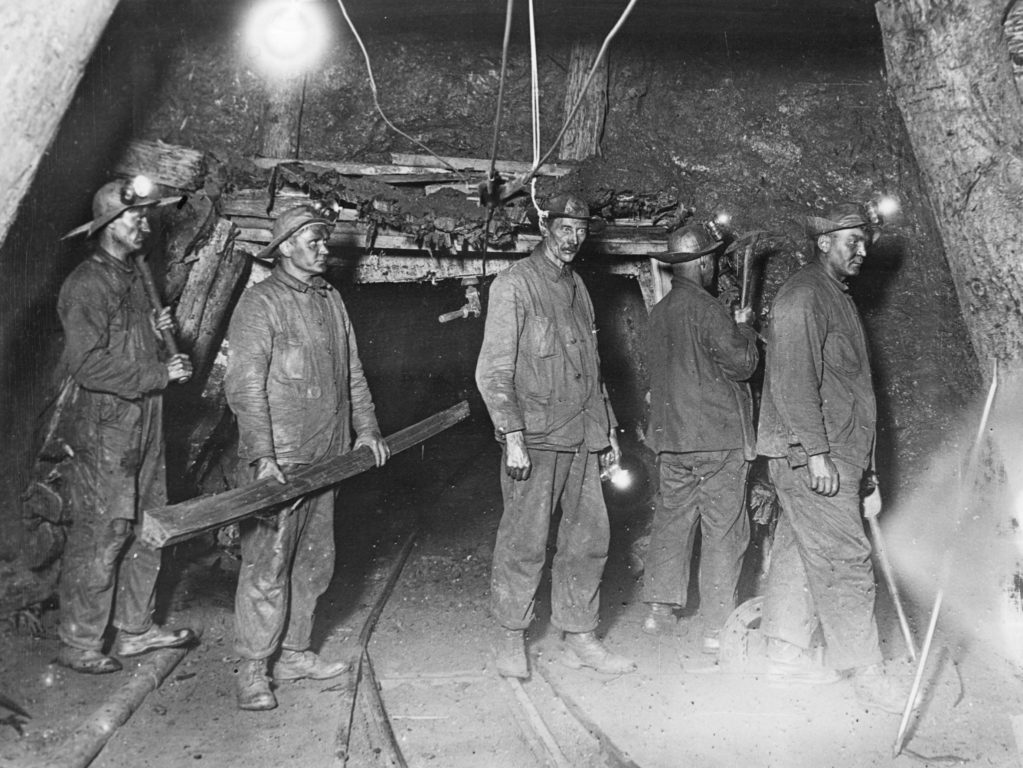Coal mines are the rock upon which South Africa’s power parastatal, Eskom, has been built. They mine 120-130 million tons for Eskom to burn every year. In 2015, the rock that supports 83% of South Africa’s power is crumbling.
The power utility is facing a dim future, through a decline in coal investment.
A senior coal analyst at XMP Consulting, Xavier Prevost, says at least six big coal mines could close down or decrease production by 2020.
“A decline in coal production calls for creation of more mines and failure to do so means all coal-fired power stations will have to close down which will affect electricity output,” said Prevost.
Prevost, who has more than 30 years experience in the coal sector, says too much coal in the market has driven down the prices as demand has fallen.
Loading...
Countries, like the United States, exporting coal into the international market has also brought down prices, he adds.
Some of the big coal companies in South Africa include: BHP Billiton; Xstrata Coal; Glencore; Anglo American Thermal Coal; Sasol Mining and Exxaro Resources. Their costs rise as coal prices fall.
They supply Eskom with low-quality coal known as middlings, a by-product of the coal washing and beneficiation process. This coal contains about 35% of ash, resulting in low energy output.
Last year, South Africa’s Minister of Mineral Resources, Ngoako Ramatlhodi, said there was coal for export and coal of a lesser quality, which stays in the country.
“[The low-quality coal] we would want to keep for our power stations,” said Ramatlhodi.
Ramatlhodi, however, does not seem to acknowledge that cheap coal means lower electricity output.
To make matters worse, new mines are scarce. In the past six years, there have been fears over mining legislation, the decline in prices, increased competition from the United States, Indonesia, Australia and India and also lingering political rhetoric around nationalization.
Prevost says it’s not too late for South Africa to avert the coal crisis.
“Government has a 90 percent chance to make this better or worse through collaborative efforts between the departments of energy, finance and mines,” he says.
Addressing the media at the Eskom offices in Johannesburg in January, the new Chief Executive Officer, Tshediso Matona, painted a bleak picture saying the power utility can’t cope.
“New generating capacity and other levers are needed in order to ease the pressure on the system,” he said.
Matona says Eskom is like a car running on empty.
“We have arrived at a point that does not allow us to ignore the health of our plants. Our reserve margin is so thin, that every incident creates a major systems issue and could also have safety implications for the plant.”
According to Matona, the problem with Eskom is delayed maintenance and he says most of its ageing power stations face breakdowns.
“We know the problem and we know the solution,” he says.
The big question can be put in one word: When?
Loading...
